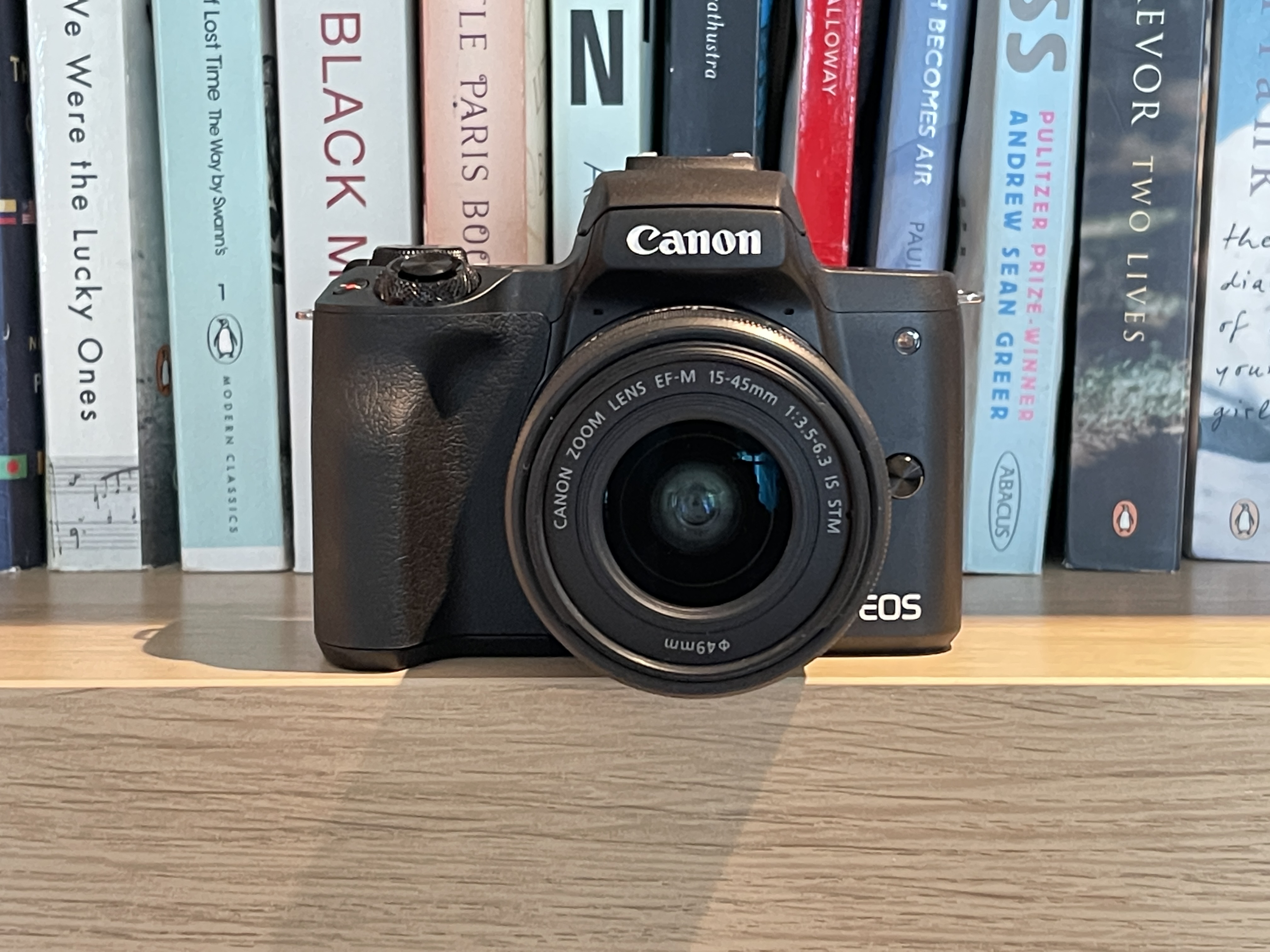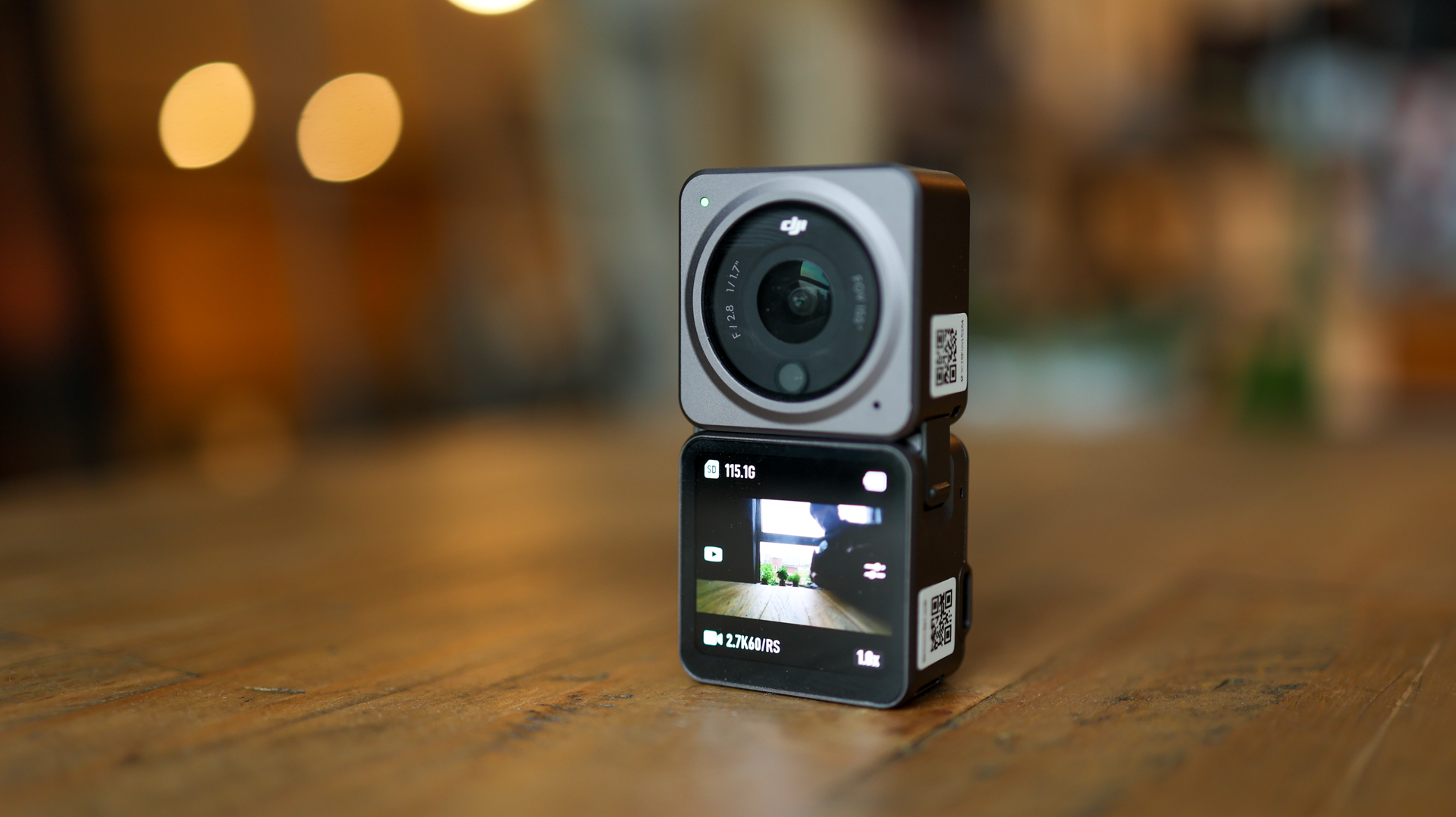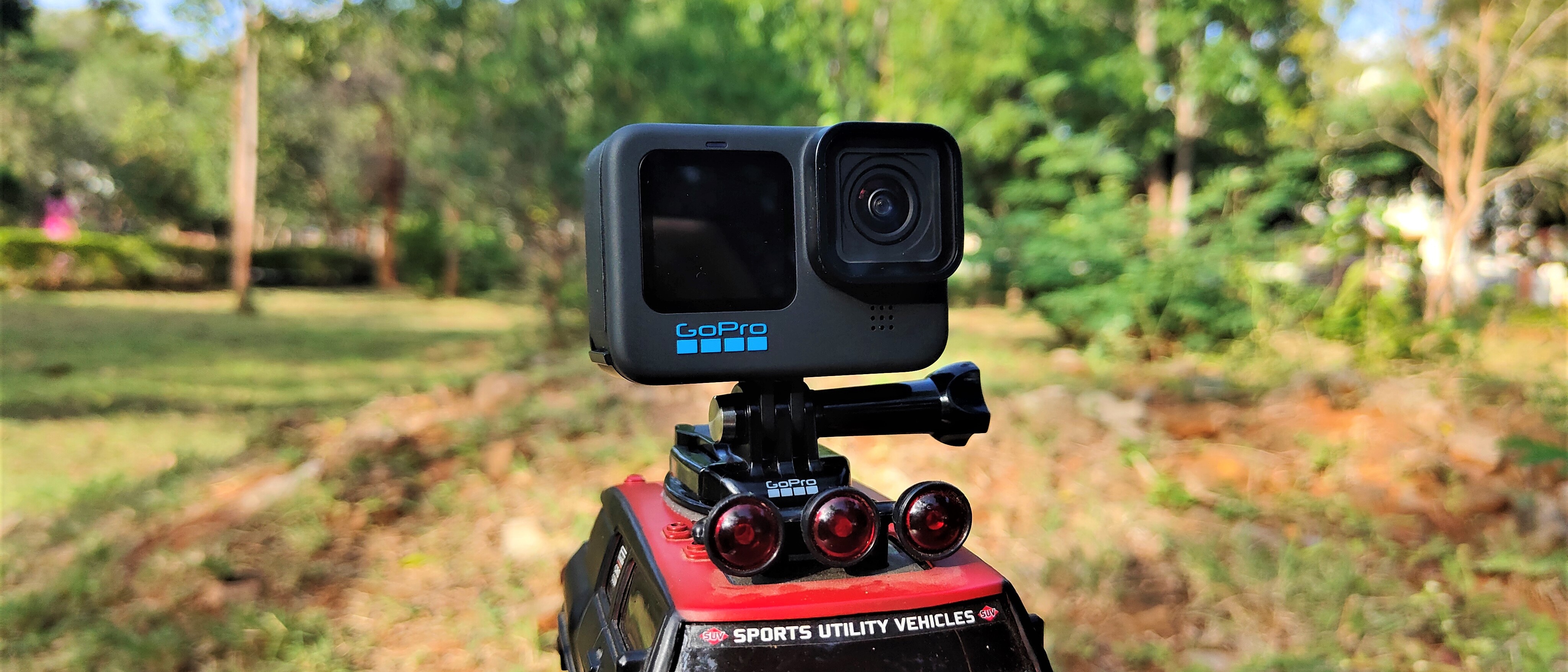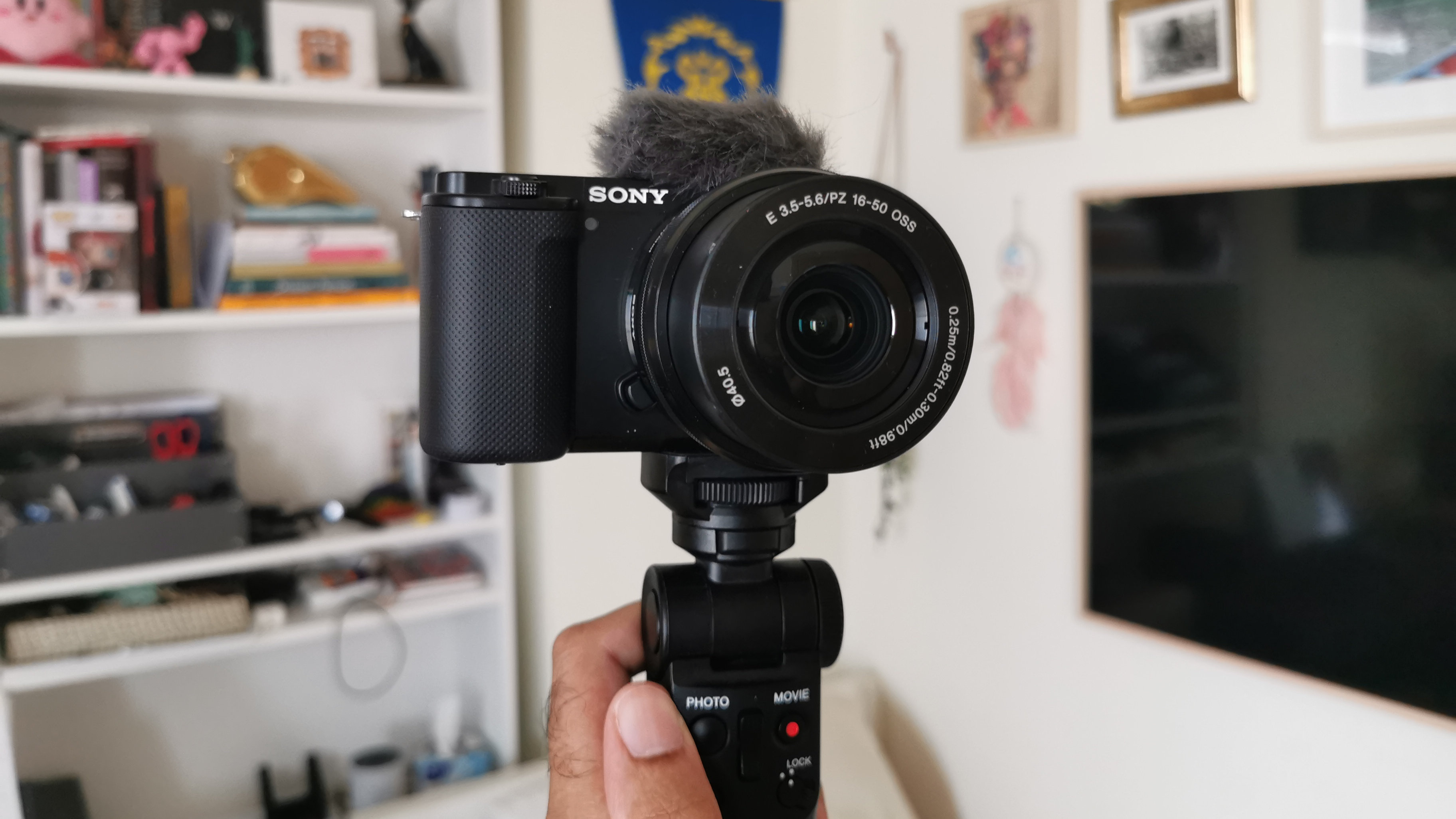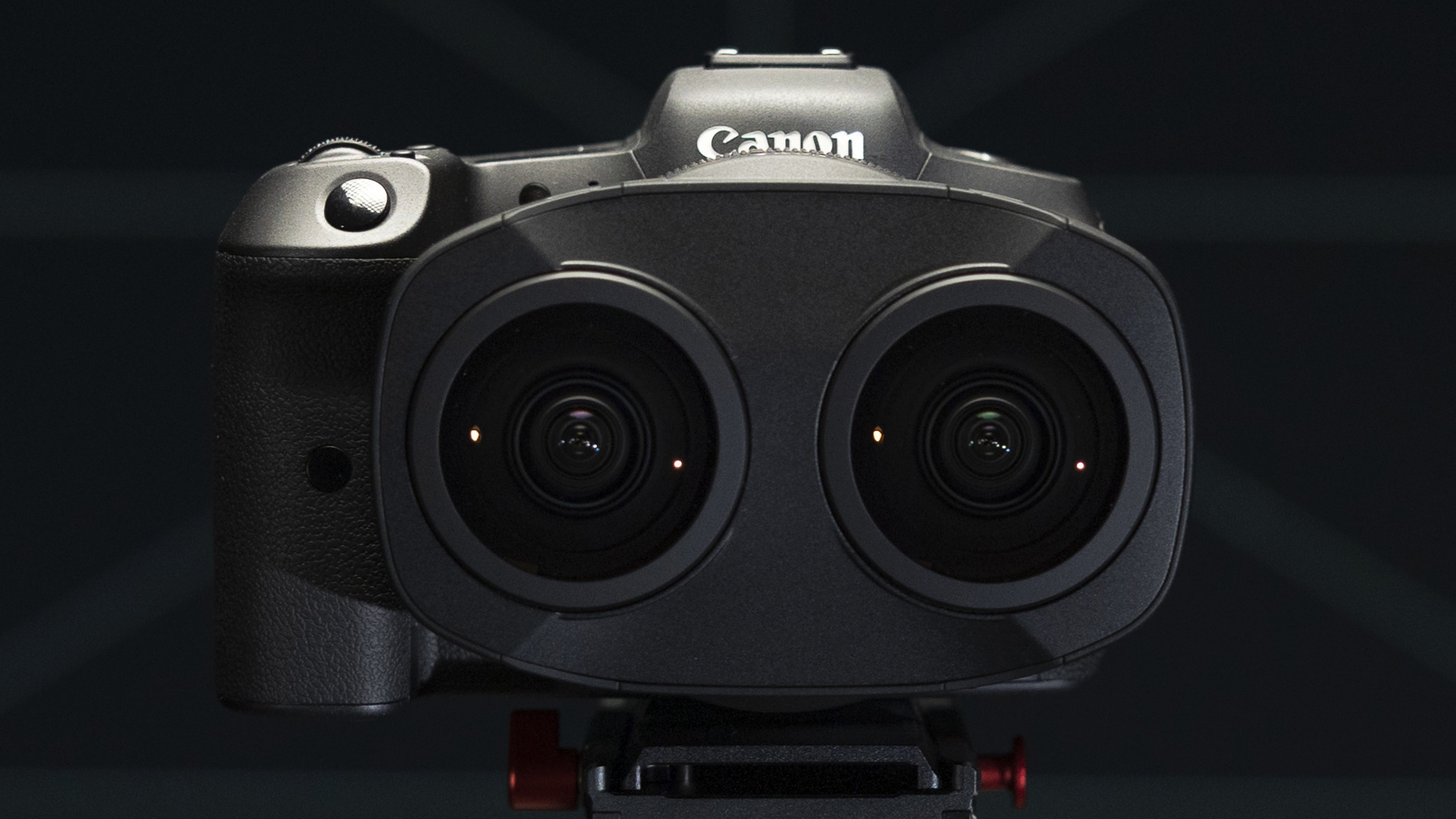Reviews

Exposure X7 review
DPReview LatestExposure Software Exposure X7
$129-149 | exposure.software
 |
Each autumn since 2015, Exposure Software has released a major update to its eponymously-named flagship photo editing and organization software. Affordably priced and packed to the rafters with features, the Exposure X-series has built a loyal following among photographers looking for a subscription-free rival to the likes of Adobe's Lightroom Classic.
And 2021 didn't buck the trend, as Exposure X7 made its debut in late September. Given that we've published an in-depth review of each new version since the launch of 2017's Exposure X3, clearly it's time we give this latest iteration a spin! As usual we'll predominantly focus on what's new in the last release in the interests of keeping things to a readable length.
Key takeaways:
- Provides equivalents for most core Lightroom features with no subscription needed
- Controls aplenty and a vast selection of quick-and-easy presets
- Now offers multiple, customizable workspaces for different workflow tasks
- New polygonal masking tool makes quick work of subject selection
- Crop and transform tools unified into a single more logical panel
- Less broad Raw support than its Adobe rival
Available immediately, Exposure X7 can be purchased from Exposure Software for $129, the exact same price as that of the previous version. A free 30-day trial version can be obtained here. Those who purchased Exposure X6 after July 15, 2021 can upgrade for free, while earlier adopters can upgrade for $89.
An Exposure X7 bundle including Exposure Software's Blow Up and Snap Art tools is also available, priced at $149. Customers who already own either Blow Up 3 or Snap Art 4 can purchase the overall bundle for $99.
Customizable workspaces help you focus on just the tools you need
Although at first glance it appears very similar to its predecessor visually, Exposure X7 nevertheless brings with it a slew of new and updated features. Perhaps the most significant of these for my money is its support for multiple, customizable workspaces.


Out of the box, there are three preconfigured workspaces in addition to the default, which includes all of the available tools at once. These are the Culling, Editing and Retouching workspaces, and each reduces down the selection of tools on offer to just those relevant to the task at hand.
For example, in the Culling workspace the left-hand toolbar offers a navigator, histogram display and folder selector, while the right-hand toolbar offers only the most basic image editing tools and a metadata display from which you can also perform tagging and keywording.
Controls for flagging, rating, color-coding and rotating images appear atop the screen in both the thumbnail and single-image views, and filtering tools appear beneath the thumbnail view. You can also quickly access cropping, spot healing and masking tools atop the right toolbar, but by default the panels for these are hidden.
The other workspaces similarly pare back the tool choices to include only what's relevant, and if you don't like them or want to add your own, you can edit existing ones and create as many new workspace presets as you like. You can control not only which tools to include but also which toolbars they should appear in and in what order.
 |
| Exposure X7 now allows you to customize its user interface to your heart's content, setting up multiple different workspaces with only the controls relevant to specific workflow tasks. |
The workspaces also remember the visibility and scaling of each toolbar for you, and you can even choose whether you want a secondary display to be enabled for a given workspace or not, and if so on which display(s) individual toolbars should appear. Presets can also be exported and imported, letting you back them up or synchronize them between machines.
All of this definitely helps to reduce the amount of scrolling needed to navigate Exposure X7's non-modal interface, which was one of my key concerns with prior releases.
The newly-unified crop/transform tool is more logical and powerful
One other user interface change of note can be found in Exposure X7's tool for cropping and transforming your images. In the previous release, there were separate panels for each task, and the way they interacted was somewhat confusing. For example, the crop tool included an angle slider with which to rotate images which seemed to achieve the same task as the transform tool's rotate slider, yet the pair weren't linked to each other.
 |
| Cropping and transformation is more logical in Exposure X7, and also gives access to a wide range of handy overlays to help with composition and rotation adjustments. |
Now, tools for cropping, rotation and other transformations all share a single unified panel, and the result feels rather more logical. It also includes a new composition guide selector which allows you to choose not only a grid with which to help align horizontal or vertical elements in your image, but also options like rule of thirds, golden spiral, golden triangle and other overlays.
A powerful polygonal selection tool makes light work of masking
Another big change in Exposure X7 is the addition of a new polygonal selection tool that is at once both quite easy to use, and yet extremely powerful.
A few mouse clicks are all that's needed to draw a line approximating the outer periphery of your chosen subject. Once you're done you can adjust the base width – that is, the distance either side of your outline that the algorithm will roam in its quest to find a boundary in the image – by dragging a slider. The outline and base width area are represented by a blue border overlaid on the image itself.
Where it gets powerful, though, is that you can not only adjust the overall base width, but also the relative width for individual points in your polygonal selection. This lets you constrain the algorithm to a relatively narrow area in places where the subject and background are too similar for the algorithm to separate, while allowing it more freedom to expand or contract the selection elsewhere without needing to carefully outline the shape.
Once you've closed the polygon, you can add further polygons that include or exclude additional areas of the image as necessary, and you can also select an existing polygon and add more points to it if needed for a more precise selection. You can also drop or paint in marker points that indicate specific subject areas to include or exclude from the selection.
By holding down the Alt key while drawing polygons, you can switch from drawing a point-to-point outline to a more precise hand-drawn outline instead. You can mix and match the two approaches for a single polygon, too, dropping down a scattering of points that make up the bulk of your selection but hand-drawing the outline for the more difficult to discern areas.
 |
| Once you move your mouse pointer off the image the blue border indicating the polygonal selection and its component points vanishes, letting you see just the resulting mask. |
I found this last option particularly handy when using a pen or touch screen, both of which are well-supported throughout Exposure X7, but there are a couple of drawbacks to note with these hand-drawn outlines.
Firstly, since there aren't individual points making up this hand-drawn selection, you only get a single control point at each of its ends, and so don't have as much control over relative width along the hand-drawn area as you would if you'd tediously laid it out point by point.
A bigger concern, though, is that I found that liberal use of hand-drawn outlines can quickly lead to performance issues for the base width slider and the polygon selection dropdown. For example, in the image of the statue below, I outlined the entire horse with a single hand-drawn outline, then added two more exclusion outlines to cut out the areas inside the front legs and curled tail.
 |
| Although it supports hand-drawing of outlines with a mouse, pen or touch screen, Exposure X7's base width slider quickly becomes unresponsive if you use this function too liberally. |
With these three polygons drawn, the base width slider would take several seconds to respond to adjustments, making it very difficult to use, and switching between polygons would likewise take two or three seconds. And that's on a relatively recent 2018-vintage Dell XPS 15 9570 laptop running Windows 10 version 20H2 with GPU-based processing enabled for its Nvidia GeForce GTX 1050 Ti Max-Q graphics chipset.
One other issue that I discovered is that the visual representation of the mask that is shown can prove less than completely accurate unless you're fully zoomed in on your image. If you look at the masked image of my son a little further up this section, you'll see a section of his left shoulder appears not to be included in the mask.
Yet zooming in to a 1:1 view below, we see that the mask looks quite different. There are still a few pixels that are mysteriously shown as excluded from the mask, but nothing like the large area that appears unmasked when viewing the full image onscreen.
Improved noise reduction but it doesn't yet match Adobe, let alone DxO
Exposure Software has also revisited its noise reduction, which got a big overhaul in the previous X6 release. Exposure X7 brings both a new defective pixel removal function and a fine texture noise tool that aims to recover some of the finer detail lost to more aggressive noise reduction settings.
The hot pixel removal tool couldn't be much easier to use, consisting of a single slider. I found it to be quite effective at locating and removing stuck pixels that can be common in long exposure or higher ISO images.
Click here for the full-sized image at strength 0, or here for the image at strength 0.62.
The 'Add Fine Texture' tool meanwhile has two sliders, one apiece for strength and radius. It does a fair job of bringing back just the finer-grained noise in the source image without the more mottled and distracting coarser-grained noise, and gives you a good level of control over where the cutoff should lie between what's squashed and what's allowed to remain.
As you increase the strength slider, the noise levels in the image obviously increase as well, but so too does the perception of crispness. There's not really any more detail visible in the final image, but the presence of the finer-grained noise helps to give that perception and to make the image seem more natural than was possible with Exposure X6.
Click here for the full-sized image without fine texture restored, or here for the image with fine texture strength 0.34 and radius 3.37.
With that said, I still don't think Exposure's noise reduction algorithms are quite as good as those of Adobe Camera Raw and Photoshop Lightroom. And as for class leader DxO and its DeepPRIME algorithms as featured in PhotoLab and PureRaw, it's just not in the same ballpark.
Although in fairness, it also operates far more quickly than does DeepPRIME. DxO's much-vaunted noise processing tech achieves its stellar results by throwing a lot more processor power at the problem and so can easily take 30 seconds to process each image.

Click here for the full-sized Exposure X7 image, or here for the DxO DeepPRIME image.
Improved color reproduction for DCP profiles
One last change which is rather more esoteric and likely beyond the needs of many users is an improvement to color reproduction when using custom DCP color profiles, support for which was added in Exposure X5.
Given that the scope of this change seems to vary from camera to camera, I'm not including samples here as your mileage will vary depending upon your gear. Suffice it to say that if you like to profile your own cameras, you should now find results to be better than with previous versions, however.
Decent performance, just like the previous version
Although Exposure Software didn't call out performance improvements in its new release, I made sure to compare it side-by-side with the previous version on identical hardware, as it's an area where changes often slip by under the radar.
The good news is that despite the new features, I found no reduction in performance versus the previous version. Nor was it any faster though, turning in identical times both for startup and batch processing right down to the tenth of a second on my 2018-vintage Dell XPS 15 9570 laptop running Windows 10 version 20H2. The user interface felt about equally responsive, as well.
Exposure X7 and ACR auto adjustments compared
As compared to its main Adobe rival, initial startup is quite a bit slower, something that's made more noticeable by the fact that Adobe displays a splash screen during loading and also begins to render the program UI behind it long before it's actually ready to start. Lightroom Classic's splash screen appears around the four-second mark and it's finally ready to use after about 14 seconds on my hardware, whereas Exposure X6 and X7 both take right around 24 seconds to start, and don't first start to display their UI until about 1-2 seconds before they're done.
But once it's running, Exposure X7's UI feels about on par with Adobe's for responsiveness when scrolling through thumbnails. While Adobe has a slight edge on the speed with which it previews image adjustments, Exposure was only slightly behind in this respect.
And I found that Exposure, like its predecessor, was noticeably faster at rendering its final output than was Lightroom, managing a random 714MB selection of 25 images from five different camera models in just 61 seconds, as compared to around 86 seconds for Lightroom when set to a similar output compression level.
Conclusion
As I said in my review of the previous version, I find myself quite impressed by Exposure X7. It offers good image quality in most respects, even if its noise reduction lags a little behind Adobe Lightroom, and I found its automatic adjustments tended to yield more lifelike, less punchy results than those favored by its rival. And its performance is likewise very close and in some respects actually better than that offered by Adobe.
Compared to the previous release, the addition of customizable workspaces answers one of my main criticisms of Exposure X6, saving a lot of unnecessary scrolling or enabling and disabling of panels depending upon the tasks you're performing. And the new polygonal masking tool is something that, with relatively little practice, can make really light work of subject selection.
And It's worth remembering that Exposure X7 manages all of this with a perpetually-licensed pricetag of just $129 which frees you from the need for subscriptions. Sure, there will be a new version available for download in a year's time, but unless you need its new features, you'll be able to keep using the current release for years from now without needing to pay another cent.
If you're on a tight budget and need to stretch your dollar as far as possible [...] I strongly recommend taking a close look at Exposure X7
Even if you're the type to upgrade every year, with upgrade pricing of $89 it still works out to be more affordable than Adobe's Lightroom or Photography plans, although in fairness those net you either a terabyte of storage or a combination of both Lightroom and Photoshop, two apps which can undeniably do more together than can Exposure X7 alone.
Is there anything I'd improve? Sure, I'd really like to see Exposure Software improve its noise reduction quality and the performance of its previews in the next release, as these are definitely areas where Adobe still has a bit of an edge. And I'd also like to see faster startup performance or at the very least a splash screen displayed early in the process, so you have the sense that something's actually happening.
But if you're on a tight budget and need to stretch your dollar as far as possible, or if subscriptions are simply a deal-breaker for you, I strongly recommend taking a close look at Exposure X7 and giving the free trial version a test for yourself!
What we like:
- Comprehensive, photographer-centric image editing with support for layers and local adjustments
- Good to great performance in most respects
- Plenty of auto controls and a generous raft of preset looks
- Powerful polygonal selection tools
- Customizable user interface
- Very affordable and no subscription necessary
What we don't:
- Narrower support for cameras and lenses than Adobe, especially for smaller brands
- A couple of UI quirks relating to polygonal selection
- Noise reduction preview is a bit on the slow side
- Noise reduction quality lags Adobe a little (and DxO by a long way)
- Initial startup is quite slow



